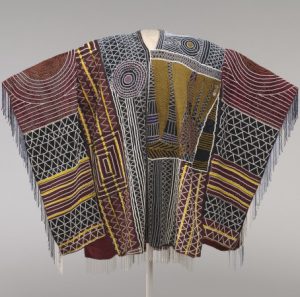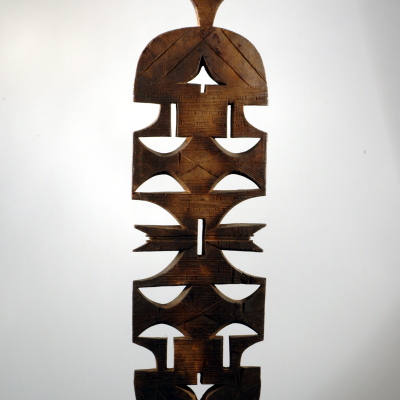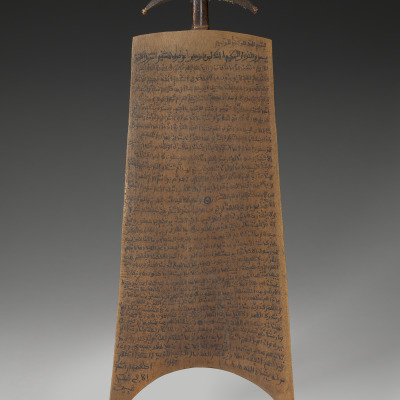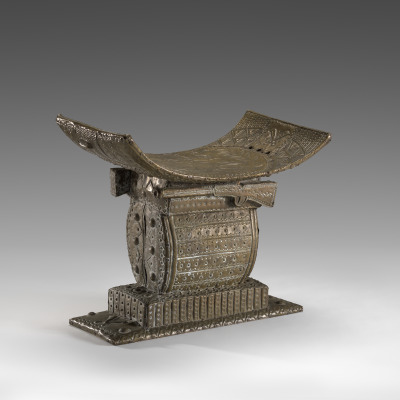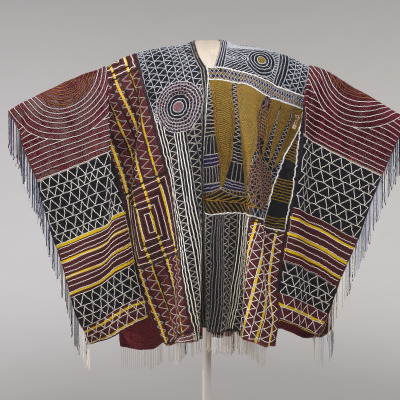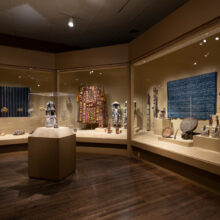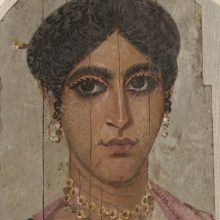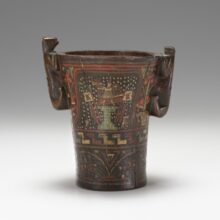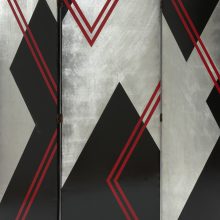The Tuareg [twa-regg] people are mostly nomadic and live in North and West Africa. Tuareg caravans played a primary role in carrying goods across the Sahara Desert until the mid-20th century. They use camels to help transport all of their goods and possessions from place to place. Tent poles, like the one featured here, are used to erect a tent and hold up its walls, as well as to hang mats, bags, and clothing.
For thousands of years, Tuareg economy revolved around trans-Saharan trade. Using five basic trade routes, Tuareg merchants were responsible for bringing goods from the great cities on the southern edge of the Sahara to the northern Mediterranean coast of Africa. From there they were distributed throughout the world. With the development of roads, much of the movement of goods and people is accomplished by trucks; however, smaller camel caravans continue to cross the Sahara.
What does it mean to be nomadic?
